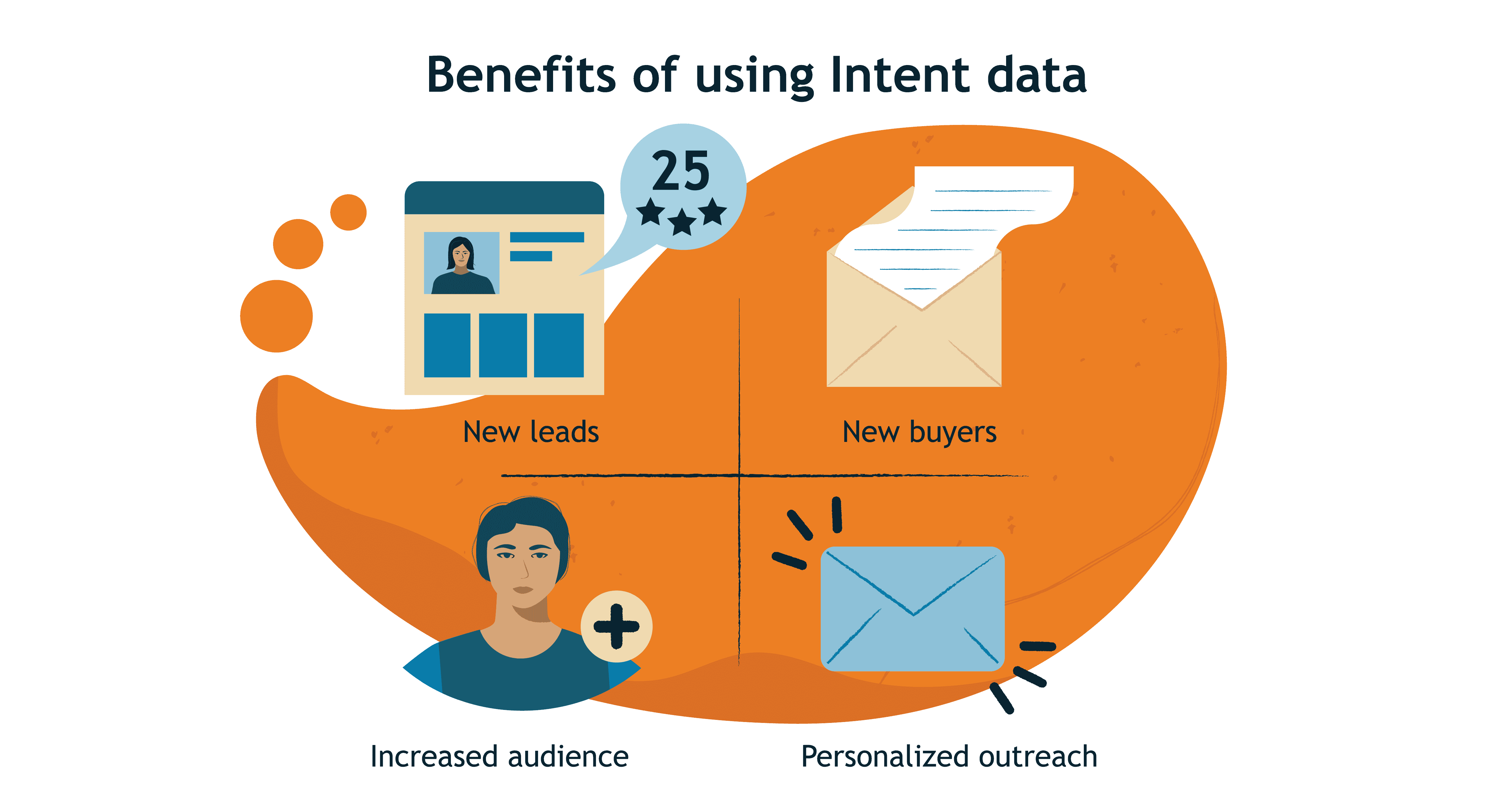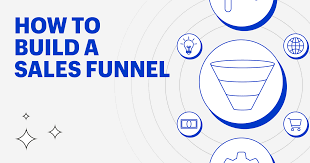In the realm of B2B sales and marketing, the significance of buyer intent data cannot be overstated. It has emerged as a game-changer, revolutionizing the way businesses identify, engage, and convert potential clients. Understanding the impact of B2B buyer intent data is crucial for companies aiming to stay ahead in today’s competitive landscape.
Unveiling Insights into Buyer Behavior
B2B buyer intent data provides invaluable insights into the behavior and preferences of potential customers. By analyzing online activities, such as searches, content consumption, and social media interactions, businesses gain a deeper understanding of what drives their target audience. This knowledge allows them to tailor their marketing strategies and sales pitches to align with the specific needs and interests of prospects.
Enhanced Personalization and Targeting
One of the key advantages of leveraging buyer intent data is the ability to personalize marketing messages and outreach efforts. Armed with insights into the topics, products, and services that prospects are actively researching, businesses can craft highly targeted campaigns that resonate with their intended audience. This personalized approach not only increases engagement but also enhances the likelihood of conversion.
Optimized Sales and Marketing Alignment
B2B buyer intent data serves as a bridge between sales and marketing teams, fostering greater alignment and collaboration. By sharing real-time insights into prospect behavior, preferences, and pain points, both departments can work in tandem to deliver cohesive and compelling messaging throughout the buyer’s journey. This alignment streamlines the sales process, reduces friction, and ultimately drives higher conversion rates.
Early Identification of Sales Opportunities
Perhaps the most significant impact of buyer intent data is its ability to identify sales opportunities at an early stage in the buying cycle. By detecting signals of intent, such as increased research activity or engagement with specific content, businesses can proactively reach out to prospects before they formally express interest. This proactive approach not only allows companies to gain a competitive edge but also enables them to shape the conversation and influence purchasing decisions.
Improved ROI and Revenue Growth
Ultimately, the impact of B2B buyer intent data extends to the bottom line, driving improved ROI and revenue growth. By focusing their efforts on high-intent prospects that are actively seeking solutions, businesses can allocate resources more efficiently and effectively. This targeted approach reduces wasted time and resources and maximizes the probability of conversion, leading to accelerated revenue generation and sustainable business growth.
Conclusion: The impact of B2B buyer intent data is undeniable. By unlocking actionable insights into prospect behavior, preferences, and intent, businesses can transform their sales and marketing strategies, drive greater alignment between teams, and capitalize on valuable growth opportunities. In today’s competitive landscape, harnessing the power of buyer intent data is not just a competitive advantage—it’s a necessity for success.





